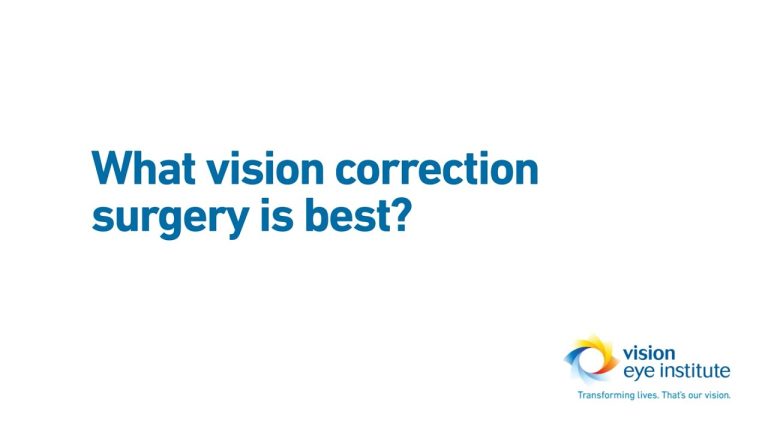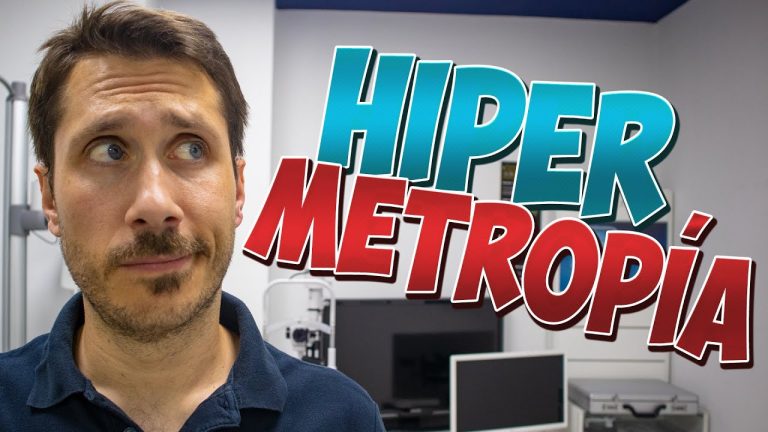Clearing Up Myopia: Everything You Need to Know About This Common Vision Condition
Myopia, commonly referred to as nearsightedness, is a vision condition that affects millions of people around the world. It is a refractive error that causes distant objects to appear blurry, while nearby objects remain clear. This condition usually develops during childhood and can progress over time.
Myopia occurs when the eyeball is too long or the cornea (the clear outer covering of the eye) is too curved, causing light to focus in front of the retina instead of on the retina. This causes distant images to appear blurry, while nearby images remain clear. While it may not seem like a major problem, if left uncorrected, myopia can lead to serious eye problems later in life.
The Symptoms of Myopia
The most common sign of myopia is difficulty seeing distant objects clearly. You may find yourself squinting or closing one eye to see clearly. Other signs and symptoms may include:
- Headaches
- Eye strain or fatigue
- Squinting
- Difficulty seeing while driving or playing sports
- Feeling the need to sit closer to the television or computer screen
The Causes of Myopia
Myopia tends to run in families, so it may be an inherited condition. However, other factors that may contribute to myopia development include:
- Spending long periods of time focusing on close-up tasks such as reading, writing, or using electronic devices
- Not getting enough outdoor time
- Having an occupation that requires a lot of close-up work, such as computer programming or drafting
- Medical conditions such as diabetes, Down syndrome, or Marfan syndrome
The Treatment of Myopia
The most common way to correct myopia is through prescription eyeglasses or contact lenses. Both options work by adjusting the way light enters the eye, allowing it to focus correctly on the retina. More recently, there has been a growing interest in orthokeratology (ortho-k) lenses or corneal reshaping lenses, which can help to temporarily correct myopia without the need for glasses or contacts.
Conclusion
If you are experiencing symptoms of myopia, it is important to schedule an eye exam with an optometrist or ophthalmologist. By doing so, you can get a proper diagnosis and treatment plan to protect your vision and overall eye health. Regular eye exams can also help to detect any changes in your vision and prevent serious eye diseases.
Most wanted in Hoya Vision:
Hoya Lens Engravings
Which lens is better Alcon or Johnson and Johnson?
What’s the rarest eye color?
What brand lenses does Costco use?
Legacy Eye Care Llc
Hoya Sensity Vs Transitions Xtractive
Should eyeglasses cover eyebrows?
What’s the difference between 1.5 and 1.6 lenses?
What do you call glasses that turn dark in the sun?
Wide Corridor Progressive Lenses
















